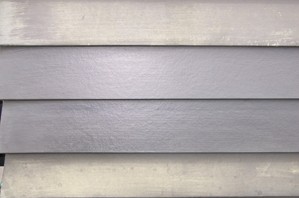
Architects, designers, facility managers and the like have enough to worry about without wondering how long a paint job will last.
The environment conspires against paint lasting for as long as the walls it adorns, with UV light, water, oxygen and heat all working to break down the paint by a process known as light induced oxidation. Once started the breakdown cannot be reversed.
UV energy excites certain molecules in the paint film and this leads to a chain-reaction, accelerated by oxygen, moisture and heat, to attack and break down the resin system. This gradual breakdown materialises as chalking of the surface and in some cases fading of certain organics pigments.
The rate of breakdown can vary with the exposure environment, this means that in humid areas like Auckland, the paint on any given surface will interact with the environment in a different way than it would in a dry climate, like Central Otago.
The biggest influence on the durability of your chosen paint is the binder (resin) which varies between products and the gloss level the paint is formulated at. As a general rule if durability is measured as time to the onset of chalking then the higher the gloss level of the paint the more durable the paint will be.
When the surface of the paint begins to undergo chalking as a result of oxidation, there will be an apparent change of colour, however if the chalking is removed from the surface by washing then the original colour can be restored. When a paint colour is made using colourants with inherently poor UV resistance then a true colour change occurs and removal of any surface chalking does not reveal the original colour as first applied.
But there is a way to deter chalking. Just like a top coat on a manicure, or a clear coat on a car, glazing over flat paints will significantly increase the lifetime of the paint. The clear coat protects the underlying pigmented layer from direct weathering and therefore maintains the colour integrity of the base paint. The clear coat must be chosen to have good exterior durability and often contains additives to also protect the underlying colour from UV attack. The cost performance of using a glaze is exceptional as it lengthens the amount of time between buying new paint and paying for a professional to apply it.
In order of durability and cost, the more durable generic binders are polyvinyl fluorides, silicones, urethane-acrylics, aliphatic urethanes and pure acrylics.
Selecting paint made using the most durable binder and at high gloss levels will decrease the maintenance required from day one, and applying a coat of clear glaze with added UV protection will save time and money further down the track.
Keeping durability in mind during the initial paint job means environmental wear and tear will be one less thing to worry about in the future.


